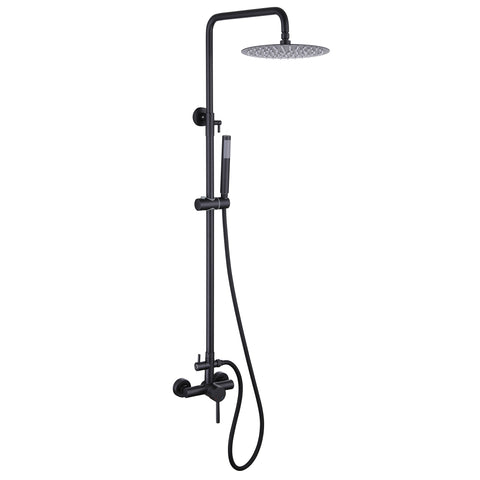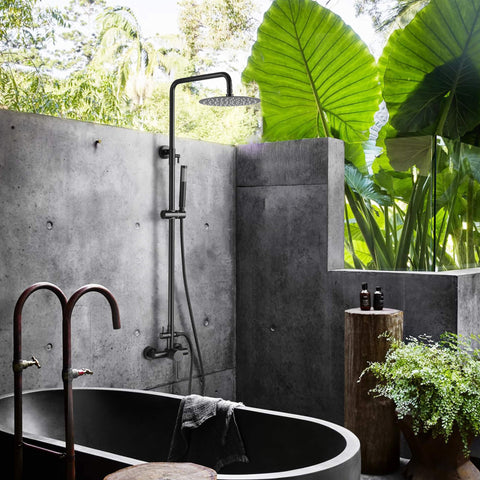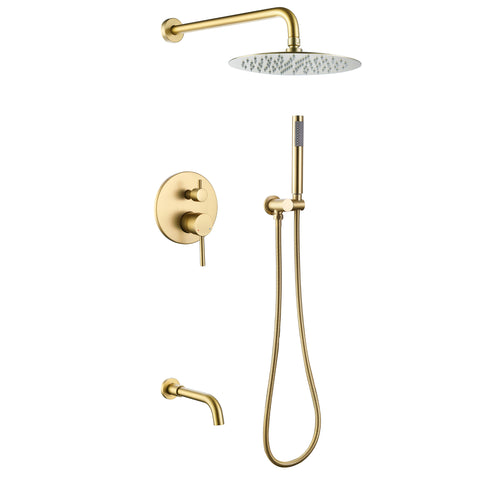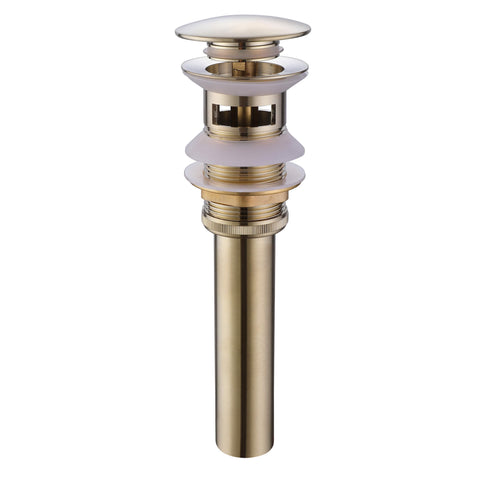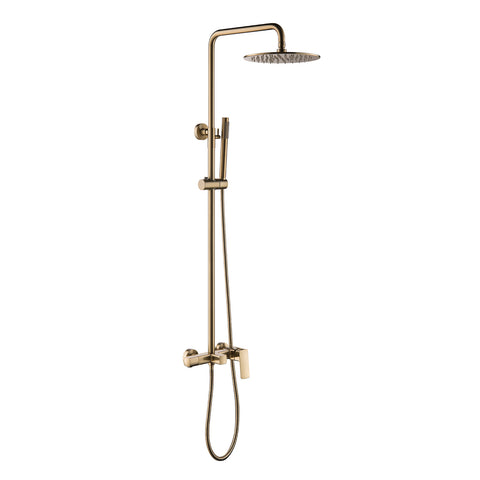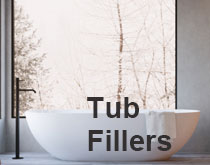How to Choose the Best Kitchen Faucet: A Complete Buyer’s Guide for Style, Durability & Performance
A kitchen faucet is more than just a water outlet — it is one of the most frequently used tools in your home. From rinsing produce to filling pots and cleaning dishes, the right kitchen faucet can significantly improve your daily workflow while enhancing the style and efficiency of your kitchen. With countless models, styles, and technologies available, choosing the perfect faucet can feel overwhelming. This guide simplifies the process by breaking down the essential factors to consider before making your upgrade.
1. Identify Your Kitchen Needs
Before comparing finishes or features, begin by evaluating how you use your kitchen. Do you cook daily or occasionally? Do you wash large pots? What type of sink do you have? Understanding your lifestyle helps determine the faucet height, reach, spray type, and functionality required.
- Consider how much counter space you have
- Check the number of holes in your sink or countertop
- Think about your cooking habits and cleaning routines
2. Popular Faucet Styles
Kitchen faucets come in several styles, each offering unique benefits. Understanding these options helps you match functionality with your kitchen workflow.
- Single-Handle Faucets: Quick and intuitive control over temperature and flow, ideal for minimalist kitchens.
- Double-Handle Faucets: Classic look with independent hot and cold adjustments.
- Pull-Down / Pull-Out Faucets: Highly flexible spray head for deep cleaning and rinsing large items.
- Commercial-Style Faucets: High-arc industrial designs with flexible hoses for powerful cleaning.
3. Choosing the Right Finish
The finish of your faucet dramatically impacts your kitchen’s overall look. Choose a finish that blends well with your appliances, cabinet hardware, and lighting features.
- Chrome: Shiny, modern, and easy to clean.
- Stainless Steel: Durable, fingerprint-resistant, and timeless.
- Matte Black: Trendy, bold, and versatile.
- Brushed Nickel / Bronze: Soft tones that fit warm or rustic designs.
4. Quality & Durability Matter
The best kitchen faucet doesn’t just look good — it’s built to last. Always check:
- Material: Solid brass or stainless steel for maximum durability and corrosion resistance.
- Valve Type: Ceramic disc valves prevent leaks and ensure smooth operation.
- Brand Reputation: Choose trusted brands like RBROHANT for long-term performance.
5. Water Efficiency & Eco-Friendly Performance
Look for faucets designed to reduce water consumption without compromising pressure. WaterSense-certified models help conserve resources and lower utility bills while maintaining strong performance.
6. Installation & Compatibility
Before purchasing any faucet, check:
- The number of sink mounting holes (1, 2, 3, or 4)
- Countertop thickness
- Existing plumbing setup
If you're replacing an older faucet, ensure compatibility to avoid unexpected installation challenges. Hiring a professional plumber may be beneficial for complex setups.
7. Useful Additional Features
Today’s faucets often include smart features to enhance convenience and hygiene. Consider upgrading to a faucet with:
- Touchless sensors: Turn water on/off without touching the faucet.
- Integrated water filtration: Clean drinking water straight from the faucet.
- 360° swivel spout: Improves reach for multi-basin sinks.
- Multi-function spray head: Offers spray, stream, and pause modes.
Final Thoughts
Selecting the right kitchen faucet can significantly enhance your daily workflow, improve cleaning efficiency, and elevate the overall look of your kitchen. By understanding your needs, comparing different styles, prioritizing quality materials, and considering modern features, you can confidently choose a faucet that perfectly suits your home. A high-quality kitchen faucet is a lasting investment — one that brings convenience, style, and durability to the heart of your home.
